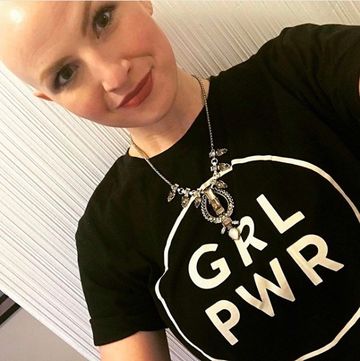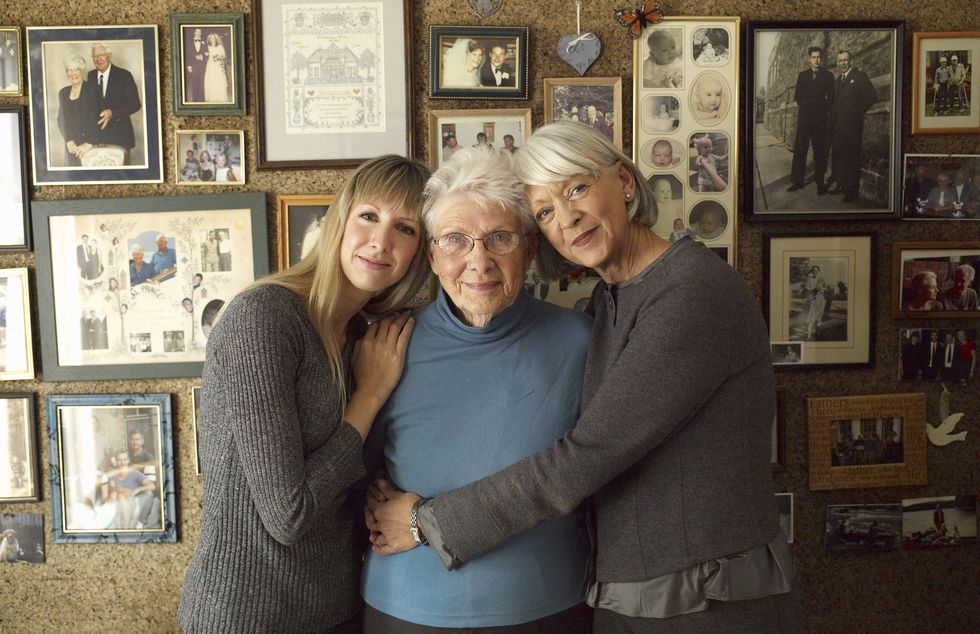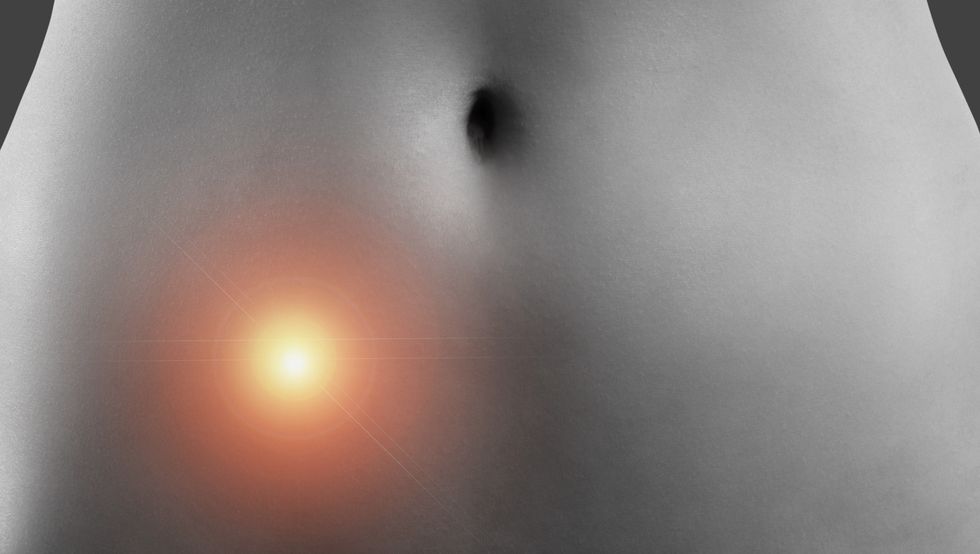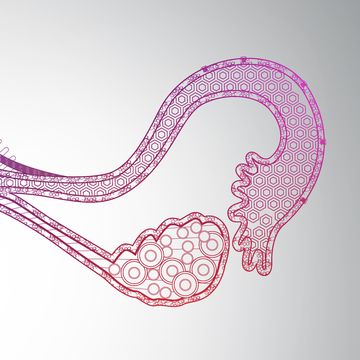7 Causes of Ovarian Cancer Doctors Want You to Know About
Knowing your risk factors could help you spot symptoms you may otherwise have ignored.

First, some good news: ovarian cancer is actually not all that common, with just 22,240 women diagnosed each year, according to the American Cancer Society. A woman's risk of developing ovarian cancer at some point in her life is about 1 in 78 (compared to 1 in 8 for breast cancer).
Now, the bad news. Though there are fewer cases of ovarian cancer overall compared to other cancers, ovarian is among the most fatal. It's the fifth leading cause of cancer death among women, and it accounts for more deaths than any other gynecologic cancer.
Why's it so deadly? The problem is that women often don't experience ovarian cancer symptoms until the disease has progressed—and the later cancer is caught, the harder it is to treat. If and when women do experience symptoms, those symptoms are usually mild and include bloating, abdominal swelling, and frequent urination. It's easy to chalk up these symptoms to weight gain, PMS, stress, a stomachache, a urinary tract infection, or irritable bowel syndrome. "So typically when we diagnose, in almost two-thirds of patients, the ovarian cancer has already spread beyond the pelvis," says Ali Mahdavi , MD, a gynecologic oncologist and the Medical Director, Specialty Care Ascension Medical Group, OB/GYN Clinic at Ascension Columbia St. Mary's Hospital in Milwaukee, Wisconsin.
We don't yet fully understand exactly what causes ovarian cancer, it's so important to know the most common ovarian cancer risk factors. If any of these apply to you, be extra vigilant about listening to your body and report any concerning changes—no matter how subtle—to either your primary care physician or ob/gyn.
Jane Bianchi is a writer and editor with more 13 years of experience specializing in health; she formerly worked as a health editor at Family Circle, and her work has appeared in Men’s Health, Women’s Health, Esquire, and more.
Watch Next


Christiane Amanpour Has Ovarian Cancer

What It’s Actually Like Having Ovarian Cancer

My Heartburn and Weight Gain Was Actually Cancer

What To Ask After an Ovarian Cancer Diagnosis














